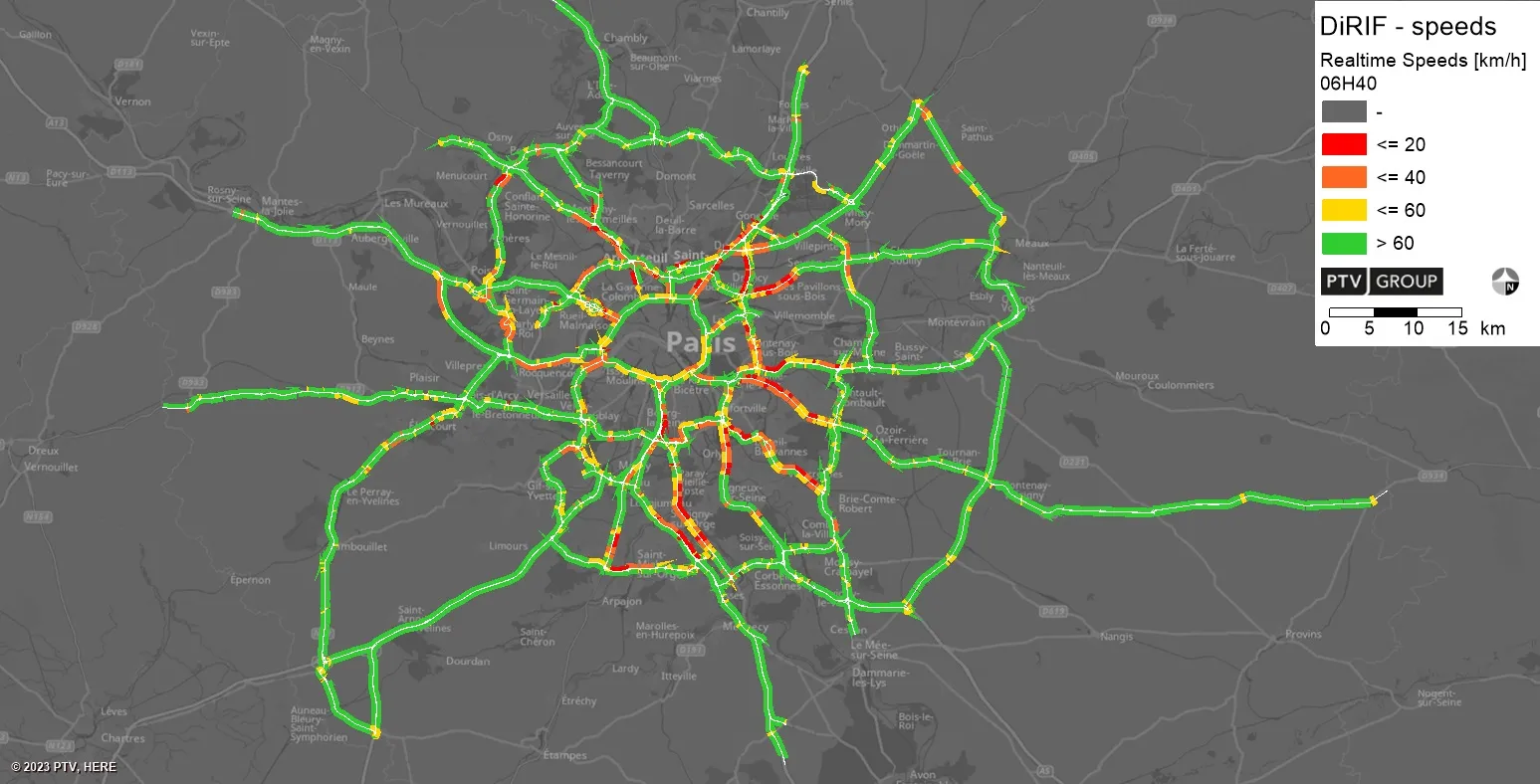
With detailed traffic speeds every 250 meters (800 feet) across 1.8 million centreline miles of road in 33 countries, the Inrix XD Monitoring site delivers improved insight in daily operations, meeting new regulatory requirements for real-time monitoring of road conditions in the US and Europe. The system provides real-time information on traffic speeds, travel times and the location of congestion on road from highways, ramps and interchanges to arterials, city streets and secondary routes.
In addition, Inrix Incident Reporter aids roadway management and supports early incident detection. It allows agencies to detect, monitor and manage incidents by providing faster incident detection and access to detailed incident information. When integrated with existing agency incident feeds, INRIX Incident Reporter offers a variety of single-click editing tools and on-the-fly validation to streamline incident creation and enhance productivity.










